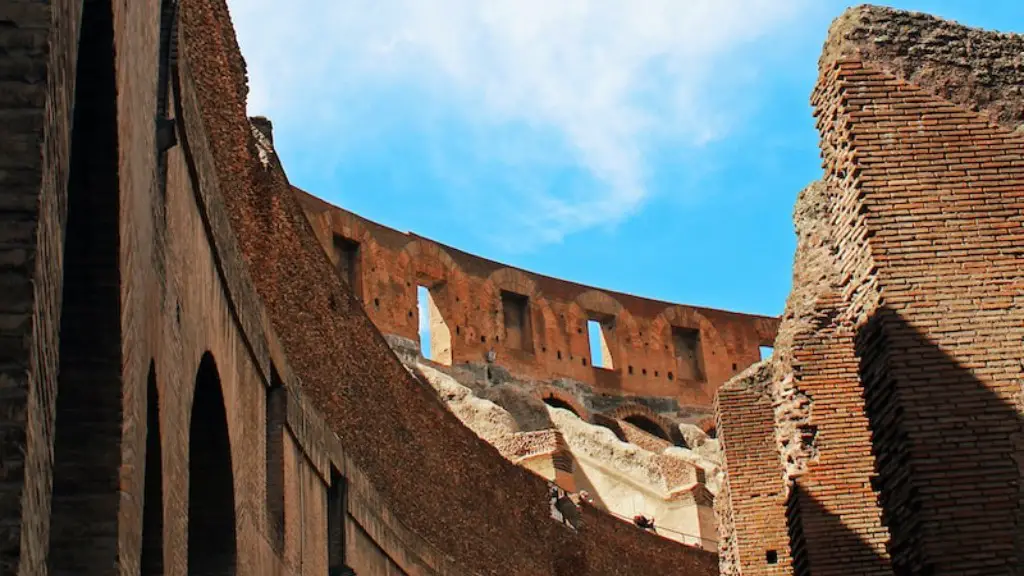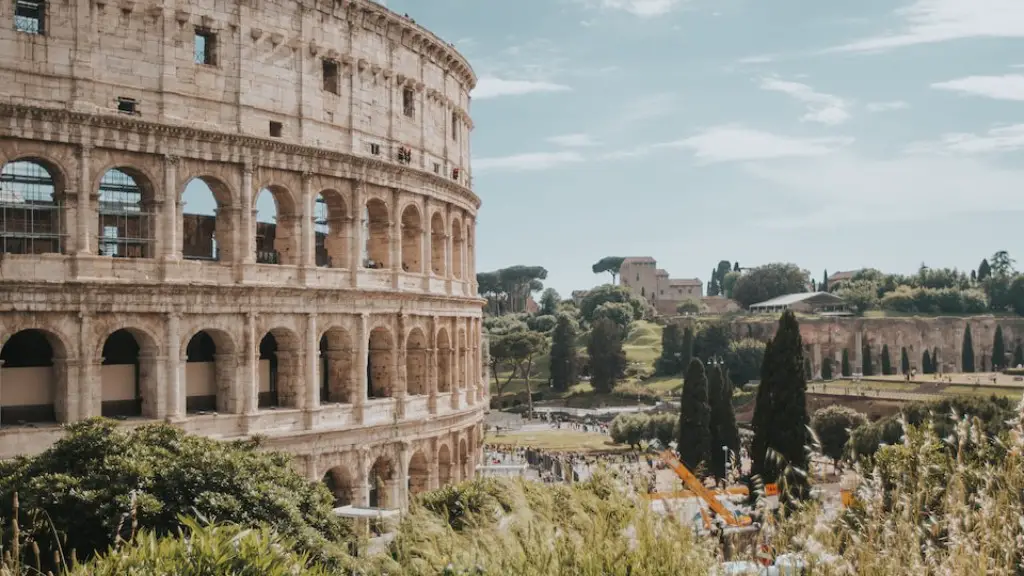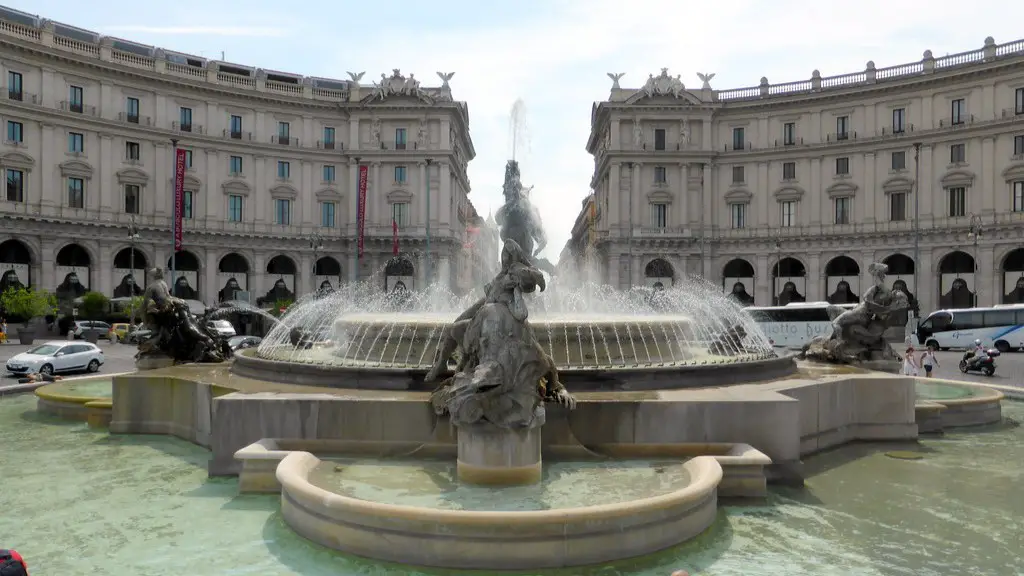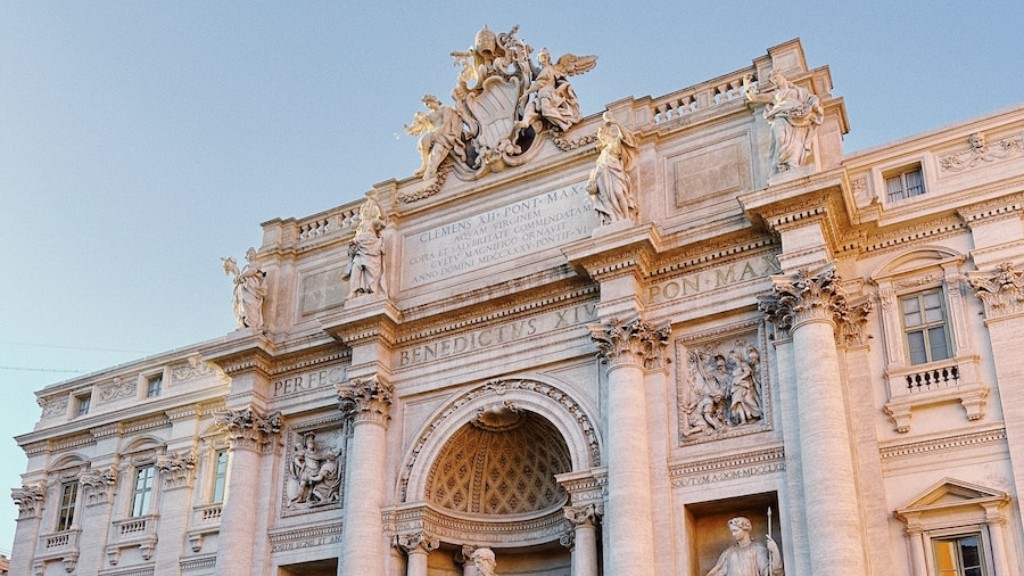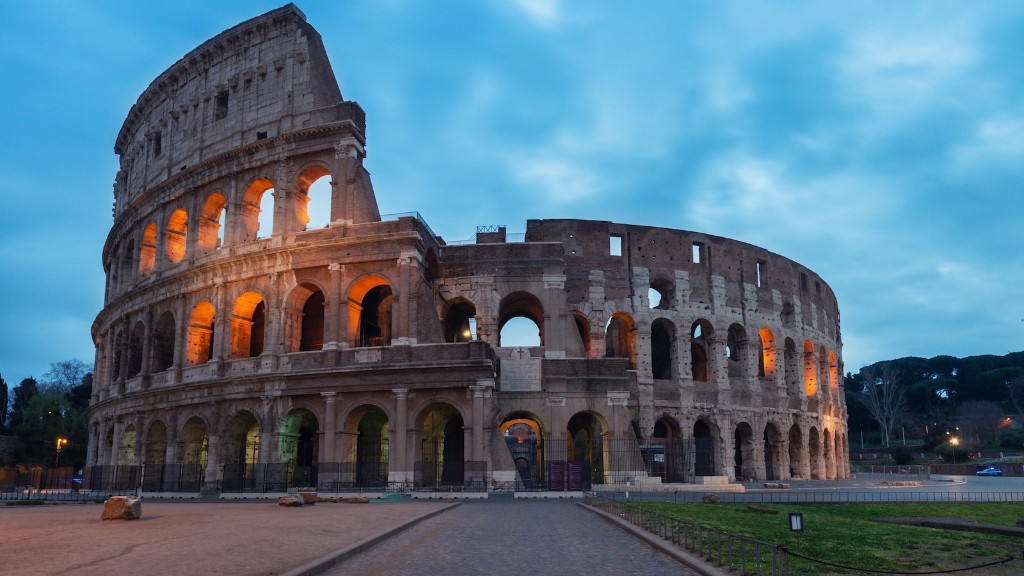Ancient Rome Wall Art
In ancient Rome, wall art was an important aspect of everyday life. Roman walls were often decorated with paintings, mosaics, and reliefs that depicted scenes from mythology, daily life, and important political events. This type of art was not only used to decorate homes and public buildings, but also to communicate messages to the people of Rome.
Today, we can still see examples of ancient Roman wall art in museums and archaeological sites around the world. These beautiful and unique pieces of art provide us with a glimpse into the past and offer insight into the culture of one of the most powerful empires in history.
There is no definitive answer to this question as ancient Rome was a large and sprawling city with many different art styles on display. However, some common features of ancient Roman wall art include detailed mosaics, colorful frescoes, and ornate carvings.
How did Romans decorate their walls?
Roman frescoes were a type of painting done on wet plaster, and were a popular way to decorate the interior walls of homes and villas. Depending on the function of the room, the frescoes could depict imaginary architecture, still lifes, mythological scenes, or purely decorative motifs.
The art forms and methods used by the Romans were very advanced for their time. They used high and low relief, free-standing sculpture, bronze casting, vase art, mosaic, cameo, coin art, fine jewelry and metalwork, funerary sculpture, perspective drawing, caricature, genre and portrait painting, landscape painting, architectural sculpture, and more.
What did wealthy Romans decorate their walls with
Marble revetment was a popular way to decorate the walls of Roman houses. Thin panels of marble of various colors were mortared to the wall, creating a beautiful and colorful effect.
Roman paintings offer a wide variety of themes, from landscapes and portraits to mythological animals and everyday scenes. Hellenistic period paintings often featured rural landscapes, temples, and herds, evoking the peaceful pleasures of the countryside. Today, Roman painting styles have been adapted and incorporated into many different artistic traditions.
What are the 4 styles of Roman wall painting?
There are four main styles of Roman wall painting that have been found: structural (or incrustation), architectural, ornamental, and intricate. Structural painting was used to imitating marble or other stone, and was common in places where such materials were not available. Architectural painting was used to decorate walls with trompe-l’oeil effects, or to create an illusion of space. Ornamental painting was used to decorate walls with geometric or floral patterns. Intricate painting was used to create detailed narratives or scenes.
The Opus quadratum technique was used in the construction of walls in the 6th century BC. This technique involved the use of precision cut blocks of stone that were fit together to create a strong and durable wall. Over time, the accuracy and precision of the block cutting improved, making this a popular technique for the construction of walls.
What are 3 characteristics of Roman art?
Classicizing elements are those that evoke the classical world of Greece and Rome. This can be seen in the smooth lines, elegant drapery, idealized nude bodies, highly naturalistic forms and balanced proportions that are often used in art from this period. Augustus and the Julio-Claudian dynasty were particularly fond of adapting Classical elements into their art.
The origin of the realism of Roman portraits may be, according to some scholars, because they evolved from wax death masks. These death masks were taken from bodies and kept in a home altar. Besides wax, masks were made from bronze, marble and terracotta.
What are the two types of Roman art
Roman art was heavily influenced by the art of the Greeks. Many types of Roman art, including sculpture, painting, and decorative art, were based on or modeled after Greek art.
The process of making blue from sand and copper is fascinating. The resulting color is beautiful and deep. The purple shade is also very lovely, and it is no wonder that it is so prized.
Why were Roman walls so strong?
The so-called “secret” to the durability of Roman concrete is its use of tobermorite crystals, which are created when seawater reacts with the phillipsite found in volcanic rock. This type of concrete is so strong that it has been used for centuries in buildings and structures that have withstood the test of time.
The Romans were clearly ahead of their time in terms of construction techniques. Their use of a concrete made from lime and volcanic ash to bind with rocks was extremely effective, and now scientists have discovered that elements within the volcanic material reacted with sea water to strengthen the construction even further. This is an amazing accomplishment and it is clear that the Romans had a deep understanding of the materials they were using.
What was the first style of Roman wall painting
Mau called the First Style the “Incrustation Style” and believed that its origins lay in the Hellenistic period—in the 3rd century BCE in Alexandria. The First Style is characterized by colorful, patchwork walls of brightly painted faux-marble. This style was popular in the homes of the wealthy during the Roman Empire.
Fresco is a painting technique in which the artist paints onto wet plaster. The plaster seeps into the painting, creating a harder and more durable image. Fresco was popular among ancient Romans, who used the technique to decorate the interior walls of their homes.
What are features of Roman art?
There are many elements that can be used to create a classicizing effect in art, but some of the most common are smooth lines, elegant drapery, idealized nude bodies, highly naturalistic forms, and balanced proportions. The Greeks had perfected these techniques over centuries of practice, and Augustus and the Julio-Claudian dynasty were particularly fond of adapting them into their own art.
The triclinium of the 1st century CE private villa known as the House of the Vetti in Pompeii is one of the most famous examples of Roman wall painting. The paintings in the triclinium depict various scenes from Roman life, including a banquet, a hunt, and a musical performance. These paintings are some of the most well-preserved examples of Roman wall painting and provide a valuable insight into the life of the Roman elite.
What is wall art called
A mural is a painting applied to and made integral with the surface of a wall or ceiling. The term may properly include painting on fired tiles but ordinarily does not refer to mosaic decoration unless the mosaic forms part of the overall scheme of the painting.
Mural painting is a type of painting that is done on a large scale. The history of mural painting can be traced back to prehistoric times. In fact, it could be argued that murals date back to the Upper Paleolithic times in the form of cave paintings–and these are potentially over 12,000 years old. Murals have been found in every continent except Antarctica.
Conclusion
There is no one-size-fits-all answer to this question, as the appearance of ancient Rome’s wall art varied depending on the specific time period and location. However, some common features of ancient Roman wall art include geometric patterns, painted murals, and relief sculptures.
The ancient Romans were very creative in their wall art. They used a variety of materials and techniques to create beautiful works of art. Some of their wall art was religious in nature, while other pieces were more secular. Regardless of the subject matter, the ancient Romans created wall art that was both aesthetically pleasing and informative.
